Taking the sting out of ties
Updated: 2013-11-05 07:23
By Yang Bojiang (China Daily)
|
||||||||
And while showing greater verbal restraint, Abe and his Cabinet are accelerating the Japan's military build-up and there are signs that it is making the transition from precaution to confrontation with regard China.
When China and Japan signed the Treaty of Peace and Friendship 35 years ago, they were faced with a common threat from the Soviet Union. It was this common threat that propelled their engagement and cooperation. Now, despite the disappearance of this common threat with the end of the Cold War and the collapse of the Soviet Union, their common interests in maintaining regional stability and prosperity and responding effectively to non-traditional security issues have increased substantially. This should have given new strategic impetus to developing stronger cooperation, and the two countries need to increase their awareness of this.
Moreover, the strategic importance of stable relations is reflected not only in their constructive aspects, but also in their disruptive aspects. That is to say if the China-Japan relationship breaks down, neither can afford to bear the strategic cost.
To break through the stalemate in relations and push bilateral ties back onto a positive track, the key in the near term is to enhance cooperation, reduce confrontation, and properly handle the issues in bilateral relations. It would be advisable to promote cooperation on some energy saving and environmental protection projects, so the two peoples can focus more on the overall advantages and benefits of better China-Japan relations. This would create a more conducive public opinion environment for the improvement of relations.
Meanwhile, the two countries should step up negotiations to establish a maritime crisis management and control mechanism in a bid to prevent inadvertent clashes in the East China Sea.
However, the premise underlying any efforts and measures to improve relations, including high-level dialogue, is that the Abe Cabinet change its current rigid insistence on "no dispute over the islands and no room for negotiations", and make due adjustments to allow talks for a solution to be found.
Japan's tough moves have sent the China-Japan relationship into a period of strategic collision and contradictions and the situation has come to a crossroads. The future development of the China-Japan relationship will have a bearing not only on the fate of the two countries, but also the future of the Asia-Pacific and the world.
In view of this, the two sides should consider promoting the establishment of a new model of relations. First, a top-level design for China-Japan relations needs to be established and clear objectives need to be set, with policy paths and institutional guarantees to achieve these objectives. Second, trilateral strategic dialogue among China, the United States and Japan should be promoted. The key to the region's future strategic and security situation is whether the US-Japan alliance can live in harmony and integrate with other powers and blocs in the Asia-Pacific.
Now Japan's relationship with China is in the process of change, so is its relationship with the US. There are still uncertainties concerning trilateral relations in the future.
China's rise in recent years has prompted Japan to snuggle up to the US. But in the context of deepening China-US coordination and cooperation and their joint efforts to build a new type of great-power relations, the inherent problems of the Japan-US alliance have become more prominent. This shows the lack of strategic mutual trust between Japan and the US.
To this end, it is imperative that China, the US and Japan engage in dialogue to increase strategic mutual trust, manage their relations and add more strategic certainty to the region's future.
The author is deputy director of the Institute of Japanese Studies at the Chinese Academy of Social Sciences.
(China Daily 11/05/2013 page8)

 Blackhawks honored at White House
Blackhawks honored at White House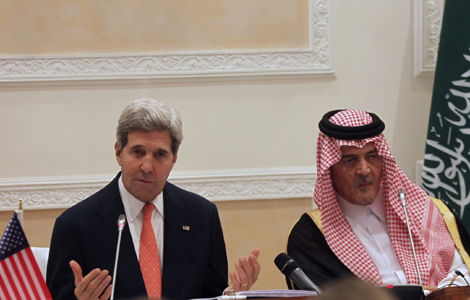
 Kerry denies tensions between US, Saudi Arabia
Kerry denies tensions between US, Saudi Arabia
 New York City Marathon
New York City Marathon
 Not talking trash
Not talking trash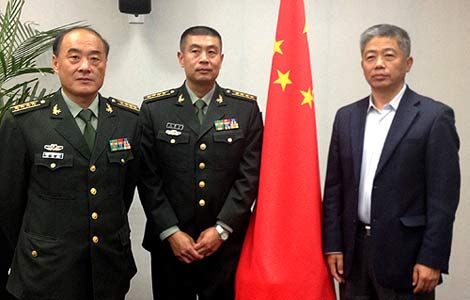
 Training begins for weapons destruction
Training begins for weapons destruction
 Police detain swimming star for driving SUV without license
Police detain swimming star for driving SUV without license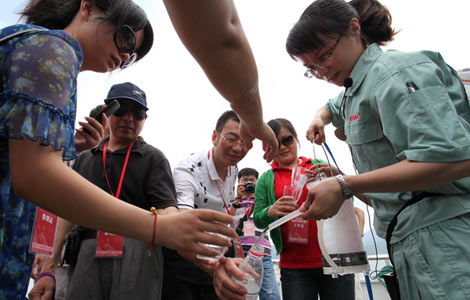
 Nongfu Spring accuses Beijing Times of defamation
Nongfu Spring accuses Beijing Times of defamation
 Movie director Feng leaves a lasting impression in Hollywood
Movie director Feng leaves a lasting impression in Hollywood
Most Viewed
Editor's Picks

|
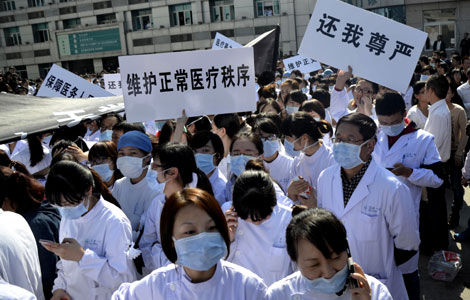
|

|
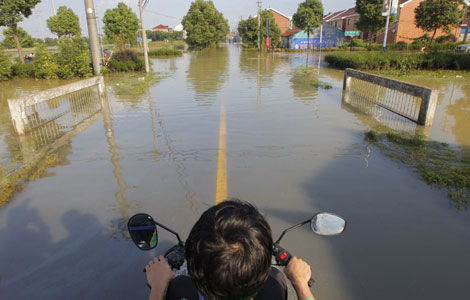
|

|

|
Today's Top News
Gunfire reported in New Jersey shopping mall
Obama asks supporters to save health care plan
New York Chinese Film Festival kicks off today
DuPont expands Shanghai R&D center
Merkel says US ties must not be put at risk
Opening ties with China remembered
Biden headed to East Asia
White House dismisses Snowden's clemency plea
US Weekly

|

|







